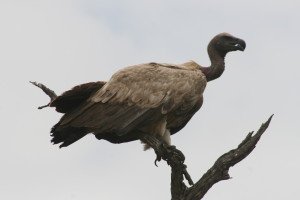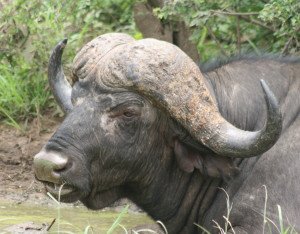Ali deserves another honourable mention for his new development programme 0
Of all the contributions Ali Bacher has made to South African cricket – captain of their first world-beating side, CEO of the United Cricket Board during the drive to Unity, running the successful hosting of the 2003 World Cup – the introduction of the then Bakers Mini-Cricket programme to underprivileged areas was arguably the one with the greatest impact on the future of the game in this country.
So one can understand Bacher feeling a little peeved when a Gauteng Cricket Board president mentioned to him almost 20 years after Bakers Mini-Cricket started that the programme was no longer having the desired outcomes.
“The first time we took cricket to the Black townships was in 1986 with the help of Bakers and within 10 years we had sent someone like Makhaya Ntini to Dale College. In 2003 I left Cricket South Africa and in 2005 the Gauteng Cricket Board president phoned me and said the mini-cricket programme is faltering.
“So I looked at the report and the problem was that any young kid with passion and talent would still not make it if they stayed in the township, because everything was against them there. I went to King Edward VII and when we left high school we were ready to play provincial cricket and Kagiso Rabada had five years of that as well at St Stithians.
“But in the townships there are no grass fields, pitches, nets or covers. There are 27 000 schools in South Africa and they are mostly Black with no facilities because they don’t have money for it. If talented players were identified there then you had to get them quickly to government or private schools that were traditionally good cricket schools,” Bacher explains.
KFC have now taken over the mini-cricket programme and their efforts deserve recognition because they are still a tremendous feeder system. But the approach when it comes to high school pupils has now changed, under the guidance of Bacher and with the support of Blue Label.
As the chief marketing officer of the mobile telecoms innovators, Rob Fleming, explains: “Transformation is absolutely critical and it needs constant love and attention. But what’s the best way of achieving it? I’ve seen multiple ideas and there’s no doubt we need to do a better job.
“Our real strength in South African cricket is our schools, but forty of them probably produce 80% of our players, so is that the right place to develop our cricket? If we take township kids to those schools then often they are not up to it academically and it affects their cricket and the whole scheme collapses.
“So it was Ali’s idea to go to old traditional cricket schools and try and reignite the game there, let’s create another forty top cricket schools. There’s no doubt the talent is there, that’s our conveyor belt and I love how coherently this programme can work with the rest of the system,” Fleming says.
What deters many schools from playing cricket is the time and expense it involves, which is where Blue Label is coming in to provide resources for Focus Schools, three of which (Uitsig, Akasia and Hendrik Verwoerd) were recently named in the Northerns region, joining schools in Johannesburg, Krugersdorp and Vereeniging that are already in the programme.
Cricket is competing heavily with other codes at these schools, and teachers and facilities are few, but by combining resources, their weakness has become a strength.
Our schools are where the rubber hits the tar in terms of capacity building and getting more and more talent into the pipeline.
“Many of these traditionally good cricket schools are now 99% Black so we are completing the circle and Rob is passionate about this as well. We’ve identified government schools that were former White schools and they still have good facilities but cricket was no longer being played. For example, Krugersdorp High School, hardly any cricket was being played; Highlands North used to provide most of the Balfour Park club, who were very good, but there was no longer any cricket there.
“But if we can get cricket back on its feet again in schools like that then I reckon we will see a plethora of good players coming through. Like Queen’s High School which is on the other side of the Jeppe Hill, it’s all Black and their cricket is so good. Their U15 side only lost one match last season and they beat Pretoria Boys High, they are well-dressed and their parents are all there. This will be so good for South African cricket,” Bacher says.
https://www.pressreader.com/south-africa/the-citizen-kzn/20180609/282243781291243




![IMG_1999[1]](http://kenborland.com/wp-content/uploads/2017/07/IMG_19991-e1500983479482-300x261.jpg)

